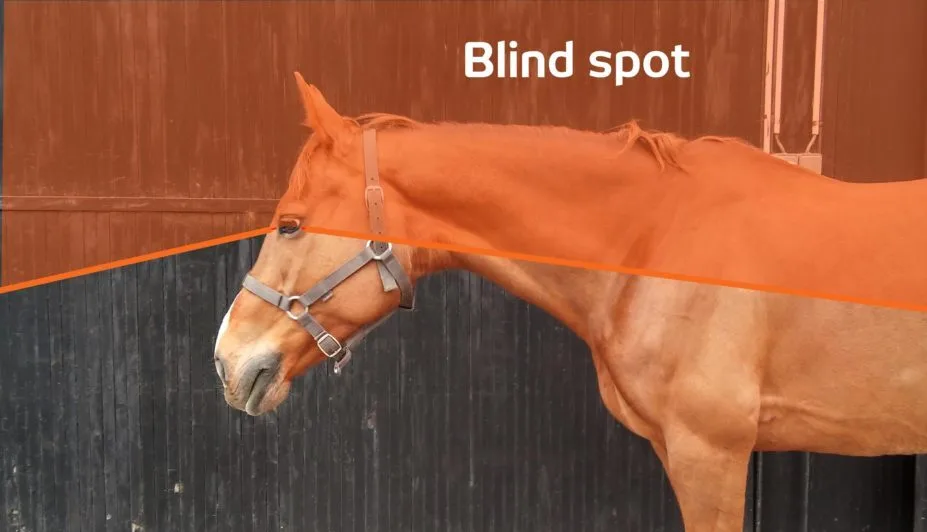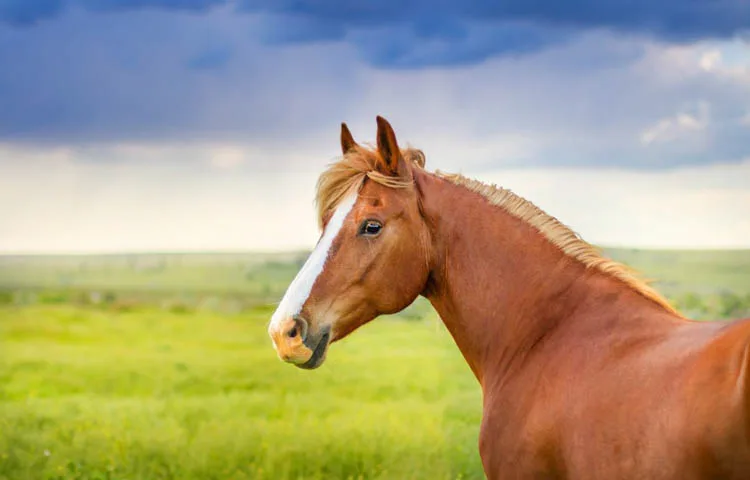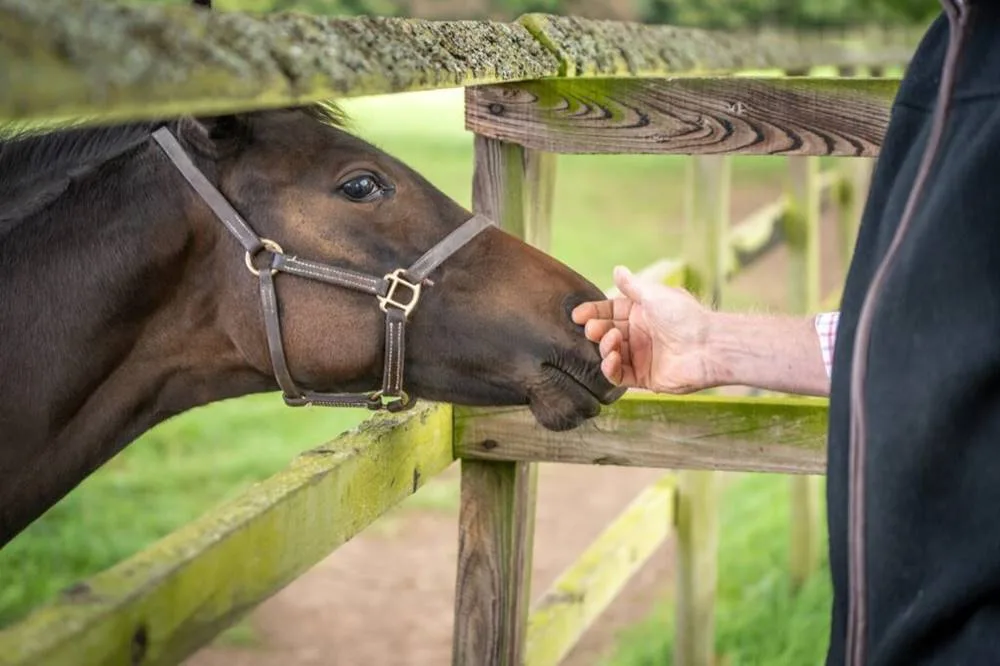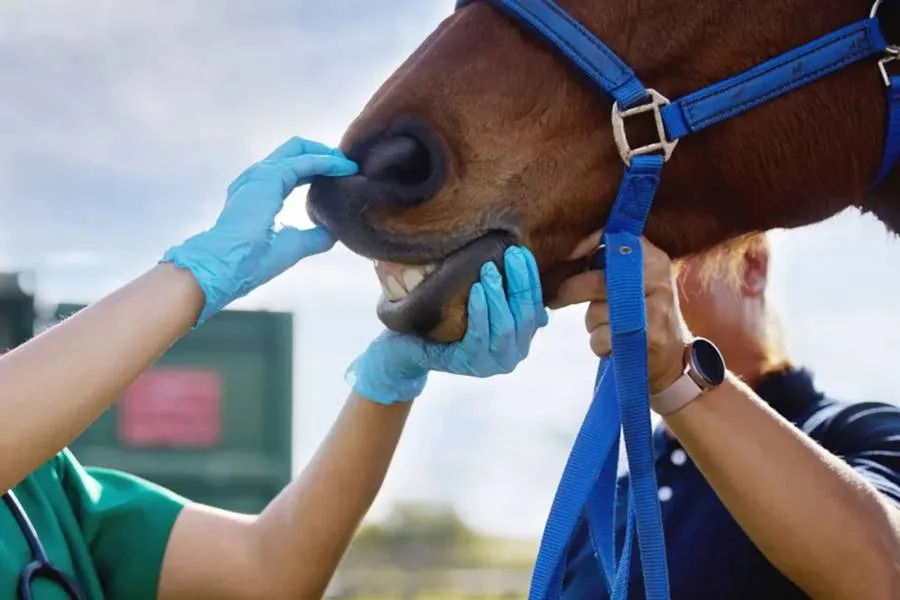Horses possess a nearly 360-degree field of vision, which is one of the most remarkable features of their anatomy.
This wide field of vision is a result of their large, laterally positioned eyes. Unlike humans, whose eyes are located on the front of the face, a horse’s eyes are on the sides of their head, giving them a much broader range of sight.
How Horses See
A horse’s eyes are positioned on the sides of its head, allowing them to see almost everything around them without needing to move their head. This lateral eye placement is an evolutionary adaptation that helps horses detect predators in the wild. Being prey animals, horses rely on their ability to spot danger from a distance, whether it’s a predator or an approaching storm.
Horses can see in almost a full circle, with the exception of a small blind spot directly in front of their nose and behind their head. The area directly in front of their nose and behind their neck is difficult for them to see, making them more vulnerable to potential threats in these regions. However, they can easily move their head to check these blind spots if needed.
The Blind Spots

Despite their impressive field of vision, horses do have some limitations. They have two primary blind spots:
- In Front of Their Nose: Horses cannot see directly in front of their face. This area is relatively small, but it can be important, especially when a horse is eating or interacting with objects close to its face.
- Behind Their Head: Horses also have a small blind spot behind their neck. This is because their eyes can’t rotate far enough to see directly behind them. However, horses can turn their heads to check what is behind them, so this blind spot is not usually a significant concern.
Benefits of Their Vision
Horses’ nearly 360-degree field of vision provides several key benefits:
- Prey Animal Adaptation: As prey animals, horses need to be constantly aware of their surroundings to detect predators early. This wide vision allows them to see danger from nearly any direction.
- Increased Awareness: Horses can be more aware of their environment while grazing, walking, or resting. They can detect other animals, humans, or movements that may pose a risk.
- Safety in Herds: In the wild, this wide field of vision helps horses stay alert to potential threats even when they are in a herd. They can see the environment while staying focused on feeding or socializing.
Depth Perception
While horses have excellent peripheral vision, they do have less ability to judge depth compared to humans. This means they rely more on their other senses, such as touch and smell, to judge distances and navigate their environment, especially in situations that require precise movement, like jumping or navigating narrow spaces.
Horses’ nearly 360-degree field of vision is a vital trait for their survival, providing them with the ability to detect predators and stay aware of their surroundings. However, their limited blind spots and lack of depth perception require them to rely on other senses to navigate their environment effectively. This wide range of vision is one of the key factors that make horses such alert and cautious animals.




